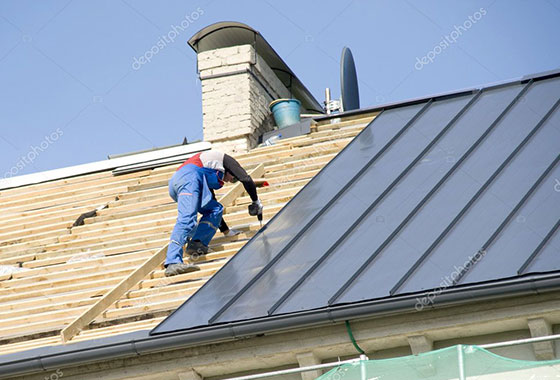Safety And Building Codes Related To Roof Installation
Roof installation is a high-risk construction activity that requires strict adherence to both safety standards and building codes. Safety regulations, primarily guided by the Occupational Safety and Health Administration (OSHA) in the United States, emphasize fall protection as a critical requirement. Since falls are the leading cause of injury in roofing work, OSHA mandates the use of guardrails, safety nets, or personal fall arrest systems for work conducted at heights above six feet. Additional safety measures include proper ladder setup, safe handling of tools and materials, and the use of personal protective equipment (PPE) such as harnesses, hard hats, gloves, and non-slip footwear. Employers must also provide training to workers on hazard recognition, weather considerations, and emergency response. Bruce’s Roofing provides roof installation in Bonney Lake, Auburn, WA, Maple Valley, Kent, WA, Renton, Enumclaw and surrounding areas.
Beyond personal safety, roof installation must comply with local and national building codes to ensure structural integrity and occupant protection. Codes such as the International Building Code (IBC) and International Residential Code (IRC) outline requirements for roof slope, load capacity, drainage, and fire resistance. Roofing materials must meet standards for durability and wind uplift resistance, particularly in regions prone to hurricanes, tornadoes, or heavy snowfall. In addition, codes may regulate roof ventilation, insulation, and energy efficiency in line with environmental and sustainability goals.
Permits and inspections are typically required before, during, and after roof installation to verify compliance with local building departments. Non-compliance can result in fines, costly repairs, or increased liability in case of accidents or structural failure.
In summary, safe and code-compliant roof installation combines two key priorities: protecting workers during construction and ensuring the long-term safety and performance of the structure. By following OSHA safety standards and adhering to building codes, contractors can reduce risks, meet legal obligations, and deliver durable, secure roofing systems. Let’s have a conversation! Feel free to call or email us.

